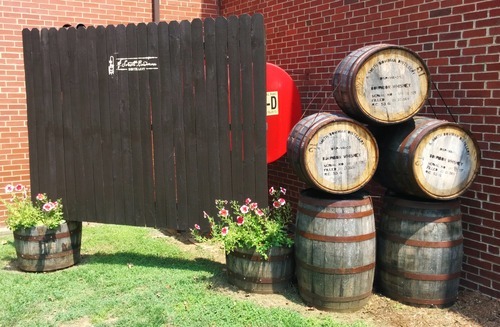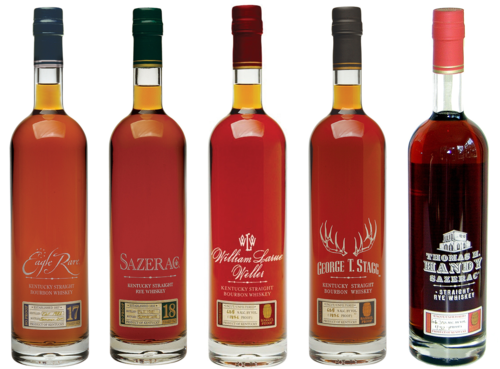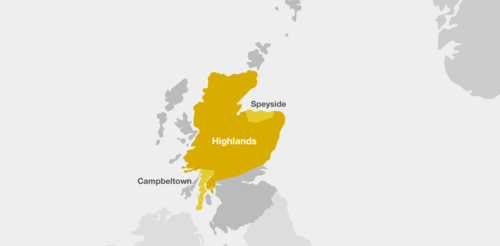A. Smith Bowman To Start Making Virginia Whiskey

This morning, A. Smith Bowman sent out a press release announcing that they have added a new primary 500 gallon hybrid pot still named Mary. As many in the whiskey community already know, parent company Buffalo Trace makes the mash and first-run distillate in Kentucky. That distillate is then shipped to A. Smith Bowman in Virginia where it is then distilled twice, barreled, aged, and bottled. In the press-release A. Smith Bowman states that, “current A. Smith Bowman spirits will continue to be crafted in their consistent method” which means it’s still going to be shipped in from Kentucky. However, they also state that they will use the new still to experiment with new whiskey expressions as well as gin and vodka. Hopefully though, in a few years they might finally have a small batch premium whiskey that is 100% made in Virginia.

Original Press Release Below
——————————————————–
FREDERICKSBURG, VIRGINIA (January 20, 2015) – A. Smith Bowman Distillery just welcomed home a brand new still, naming it George, after the father of the pioneering Bowman brothers. George, also known as still number 1965, found his place next to Mary, the existing whiskey still, on Thursday as the installation process began. Mary is named after Mary Hite Bowman, George’s wife, and the mother of the Bowman brothers.
Designed to create more than just whiskey, the new still was custom made, with unique features chosen by Master Distiller Brian Prewitt that allow him the freedom to explore his passion for creating new and exciting expressions. George also enables A. Smith Bowman to craft spirits from start to finish.
“We want to have the capability to try anything and everything, and with George, we should be able to do just that,” Prewitt said. “We’re excited to do some experimenting, try new things and continue to make great spirits here at A. Smith Bowman Distillery.”
George is a 500 gallon hybrid pot still with a reflux onion, optional gin basket, and attached columns with bubble cap trays. These features allow Prewitt to create many different flavor profiles and a variety of spirits including vodka, gin, and whiskey. Standing at 24 feet tall with a pot that is approximately 1,700 pounds, George will weigh nearly four tons when full.
While George allows the Distillery to pursue their passion for new expressions, current A. Smith Bowman spirits will continue to be crafted in their consistent method.
George arrived at the Distillery after making his journey from Vendome Copper and Brass Works in Louisville, Kentucky, where he was built. Though George is now fully assembled, final connections are still in process before his inaugural distillation run. George is expected to be in full operation starting in March.
To see a 2 minute time lapse video of George being assembled click here.
About A. Smith Bowman
A. Smith Bowman’s distilling roots date back to the years before Prohibition when the Bowman family had a granary and dairy farm in Sunset Hills, Virginia. They used excess grain from the family estate to distill spirits. In 1934, after the Repeal of Prohibition, Abram Smith Bowman and his sons continued the family tradition and built a more modern distillery in Fairfax County, Virginia called Sunset Hills Farm. In response to the rapid rise of taxes in Northern Virginia, the Distillery was moved in 1988 and is now nestled in Spotsylvania County near the city of Fredericksburg, 60 miles away from the original location.
As a small and privately owned company, A. Smith Bowman Distillery continues the time-honored traditions on which it was founded. Considered a micro-distillery by today’s standards, A. Smith Bowman produces an assortment of hand-crafted spirits distilled from only the finest natural ingredients and using the latest technology. This micro-distillery focuses on the production of premium spirits honoring the legacy of Virginia’s first settlers. For more information on A. Smith Bowman, please visit www.asmithbowman.com.









